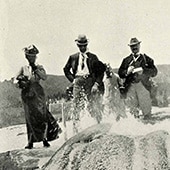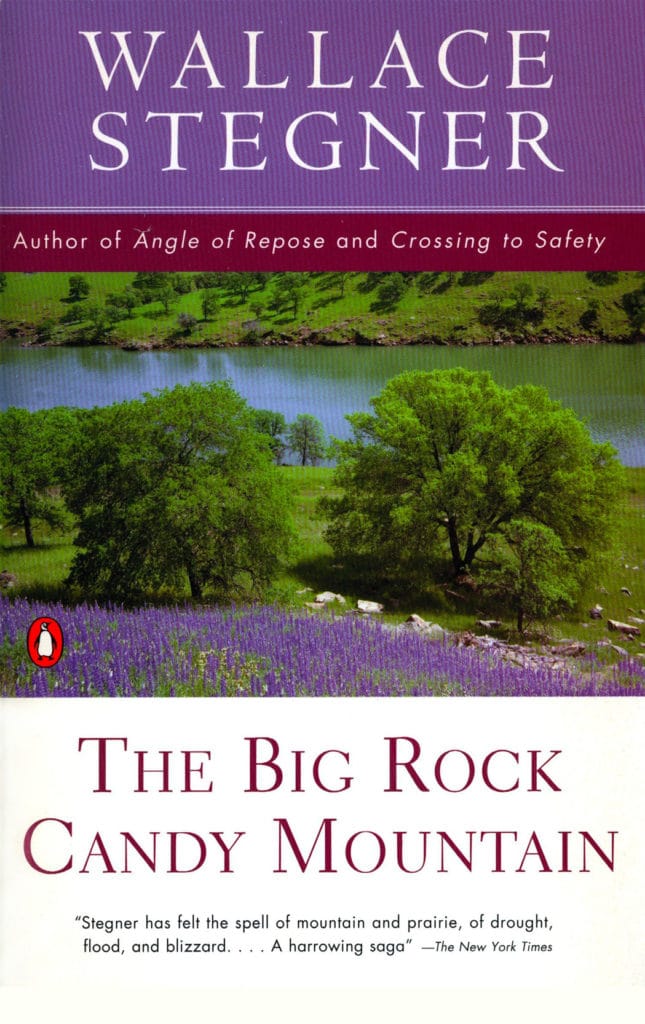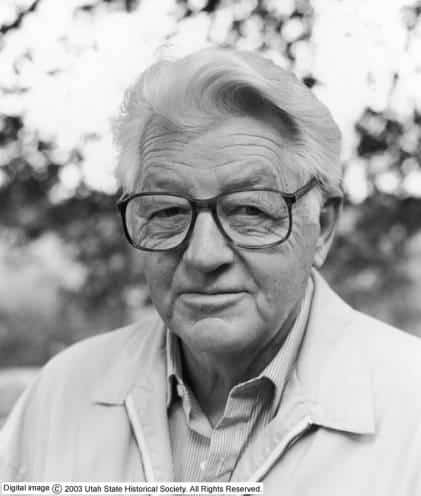The Big Rock Candy Mountain: Yellowstone
The next night, after slogging all day through heavy gumbo mud, they camped in the clear evening with the sun pink on the Crazy Mountains east of them, and the next day they were in Yellowstone, one loaded car among dozens of dusty loaded cars, one family of tourists among the hundreds who peeked into the smoking caverns of geysers and tossed chocolate bars to bears and strung out behind the road construction gangs on dusty unsurfaced grades through the timber. (364)
Wallace Stegner. The Big Rock Candy Mountain. New York: Penguin Books, 1991.



